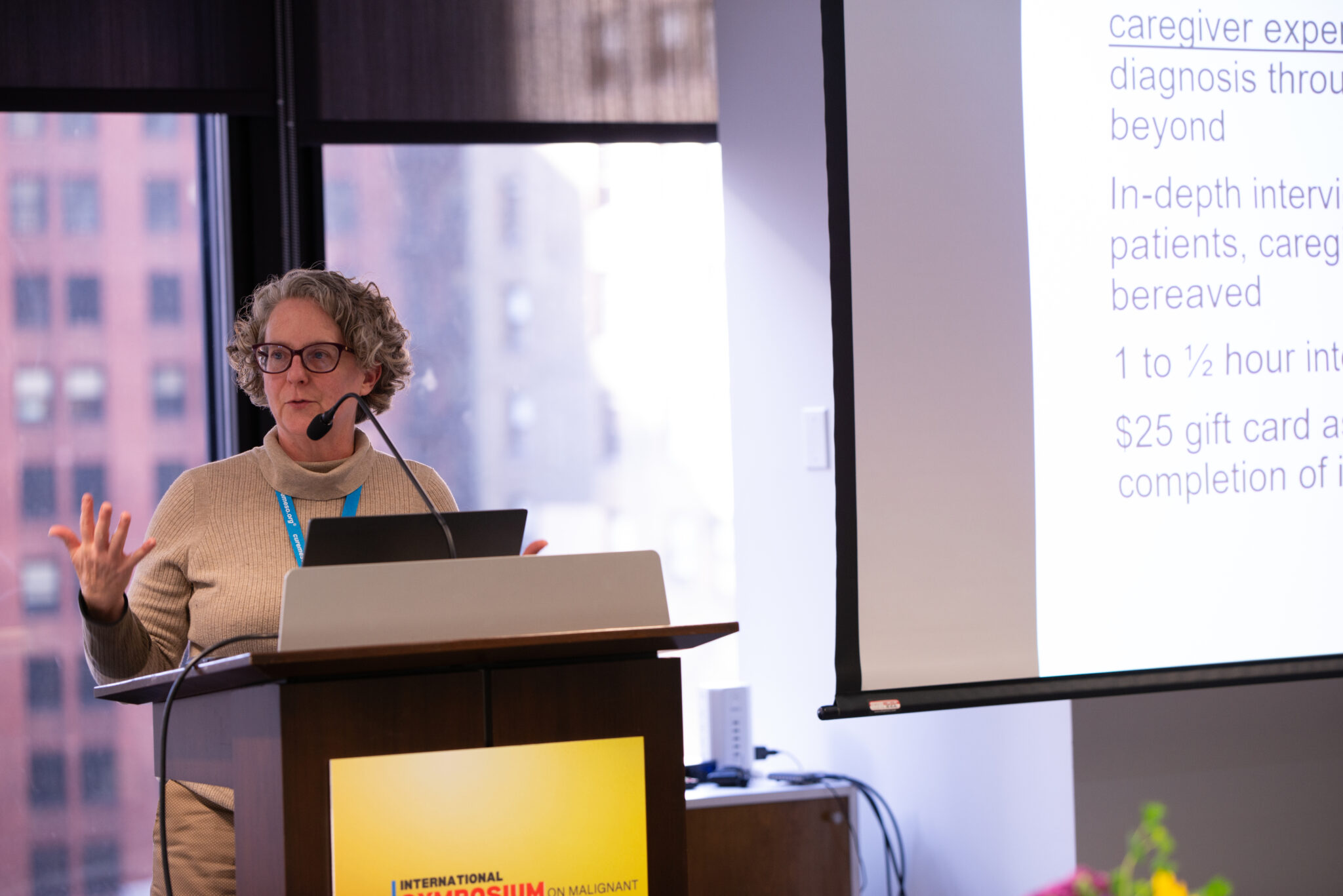When mesothelioma patients undergo a treatment like chemotherapy, oncologists reference the results of the CBC test (stands for complete blood count) to gain information about the impact of treatment on the patient.
In this MesoTV, Buerkley Opalecky, MSN, RN, Ambulatory Oncology Clinical Nurse Educator at the University of Chicago, breaks down the components that make up the CBC and how they help doctors make decisions about the right treatment.
Components of the blood count test:
- WBC: White Blood Cell
- ANC: Absolute Neutrophil Count, and it gives doctors a picture of your white cells’ ability to fight any kind of infection. Neutrophil: A type of white blood cell that kills and digests bacteria.
- Hemoglobin (HGB): It represents the oxygen in the red cells. Oxygen is transported to all the organs and helps them function.
- Platelet count: Platelets help the blood clot to prevent bleeding.
Nadir is a big word when patients are going through chemotherapy, so what does it mean? It is where the chemotherapy is at its highest peak at its level in your blood, and the ANC is at its lowest. This discussion, led by Shannon Sinclair, our patient services director, also explains how immunotherapy affects CBC in comparison to chemotherapy, and how this effect is different if the patient is on combined treatments: chemotherapy and immunotherapy.
Our Sponsors
MesoTV is a program by the Mesothelioma Applied Research Foundation. This program is made possible by our generous sponsors: Belluck & Fox; Maune Raichle Hartley French & Mudd, LLC (MRHFM); Bristol Myers Squibb; AstraZeneca, & TCR2.
Search our previous episodes for topics/speakers of interest to you at www.curemeso.org/mesotv.





